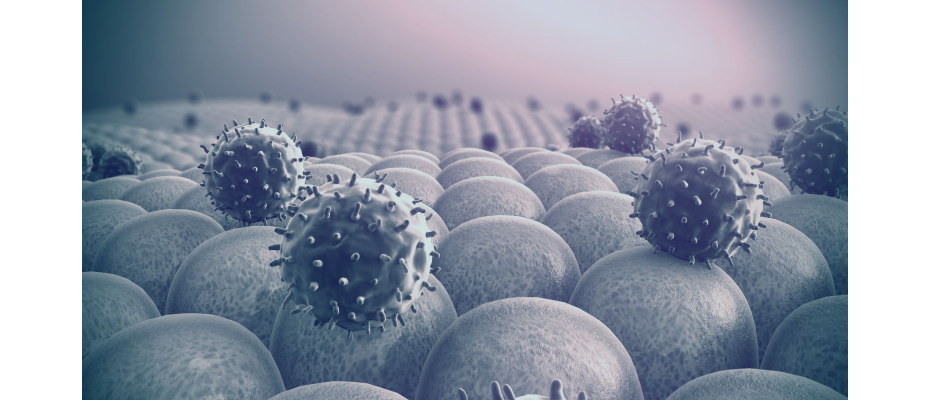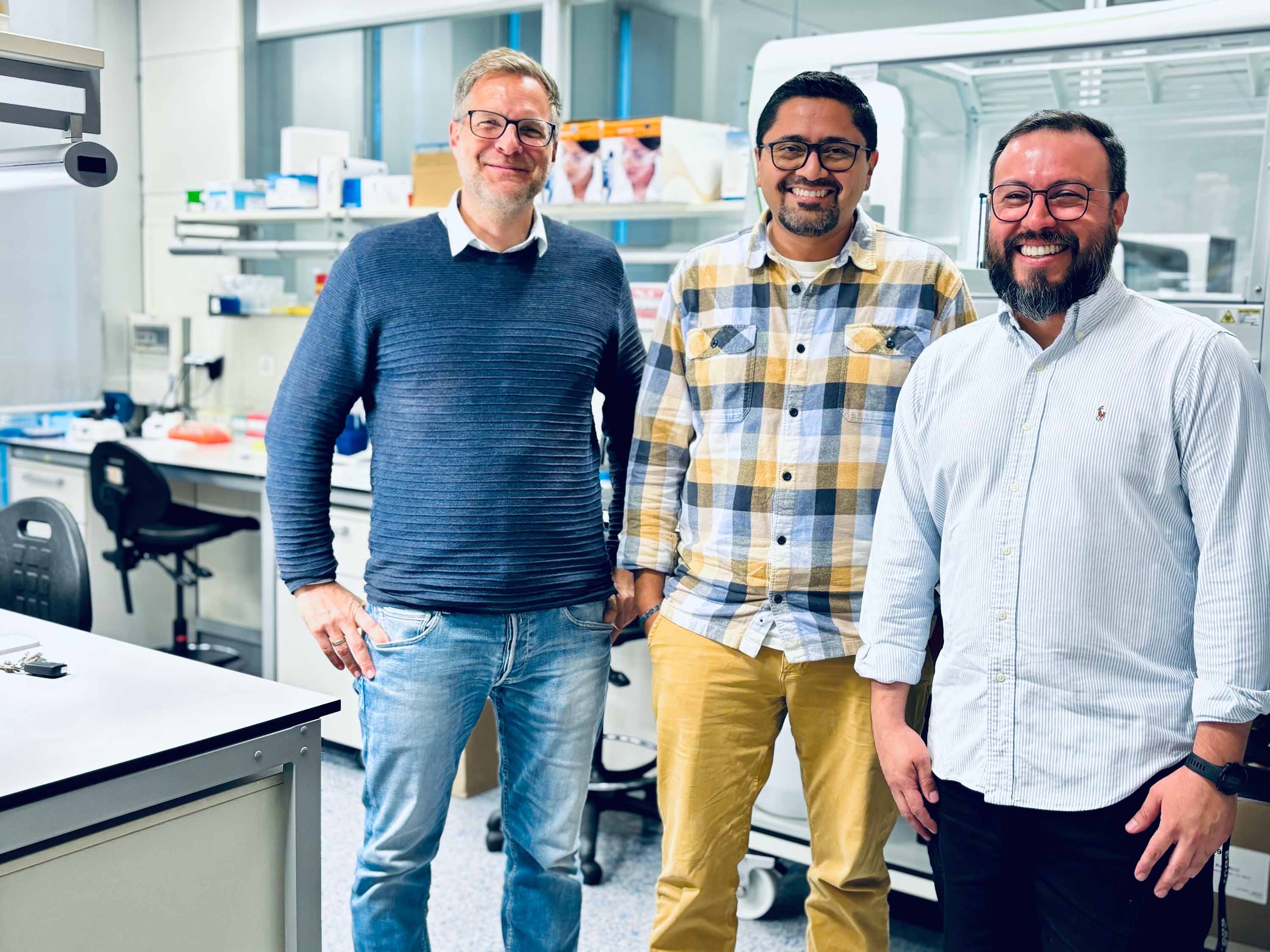
- Researchers at the Centro Nacional de Análisis Genómico (CNAG) reveal how different types of immune cells have adapted since humans diverged from other primates 6 million years ago.
- This first atlas of immune system adaptation provides key insights into how the human body defends itself against viruses and bacteria.
- The study shows that the most adapted immune cells are those residing in frontline tissues, like the lungs, which act as gateways for respiratory pathogens.
- Published in Nature Communications, the study uses transcriptomic data (RNA, gene expression) from the international Human Cell Atlas project, aimed at mapping all human cells.
The human body houses two trillion cells exclusively dedicated to defending it against external threats like viruses and bacteria. These cells rely on a nearly infallible weapon: adaptation through natural selection. Pathogens exert such intense pressure on the immune system that these cells have evolved continuously across human populations. According to a recent study by the Centro Nacional de Análisis Genómico (CNAG), published in Nature Communications, certain immune cells have undergone a great amount of adaptation since humans diverged from their evolutionary relatives six million years ago.
CNAG researchers, in collaboration with researchers from the University of Arizona, have created the first-ever atlas of human immune system adaptation, identifying the cell types and states crucial for protecting the body. Adaptive immunity, acting as a second line of defense by retaining memory of previous pathogens, first appeared in jawed vertebrates around 400 million years ago. Since then, the genes expressed in immune cells have evolved to adapt to constant threats from bacteria and viruses. Only beneficial genes have persisted over time through Darwinian natural selection.
 This immune adaptation map highlights the most adapted immune cell families, whose distinctive genes are as ancient as adaptive immunity itself but include recent evolutionary changes to combat contemporary threats. Human populations’ survival owes much to the rapid adaptation of these genes. As a result, the human defense system is largely the sum of mutations accumulated over millions of years, which were once crucial for fighting diseases like malaria, the Black Death, and, more recently, COVID-19.
This immune adaptation map highlights the most adapted immune cell families, whose distinctive genes are as ancient as adaptive immunity itself but include recent evolutionary changes to combat contemporary threats. Human populations’ survival owes much to the rapid adaptation of these genes. As a result, the human defense system is largely the sum of mutations accumulated over millions of years, which were once crucial for fighting diseases like malaria, the Black Death, and, more recently, COVID-19.
According to Dr. Holger Heyn, senior author of the study and Single Cell Genomics Group Leader at CNAG: “With a fully data-driven approach, looking at all cell types in all tissues at once, we discovered human adaptation to happen at strategic sites of pathogen entry. We found that tissue resident immune cells in barrier tissues are our first line of defense and have been shaped by external challenges during human evolution”.
Frontline immune cells: the most adapted
The research is based on transcriptomic data from the international Human Cell Atlas project, which aims to map all human cells. This study, part of the Human Cell Atlas, analysed gene expression in 1.2 million immune cells from various organs, including bone marrow, the digestive system, the liver, and the lungs, in both prenatal and adult stages. Heyn’s team identified the most distinctive genes in different cell types and used a population genetics approach to integrate human genomic data with that of primates closest to humans. This allowed them to determine the genes’ adaptation rates and create a comprehensive cellular adaptation map. The map captures two critical moments in the immune system’s evolution: its initial formation and a more advanced state shaped by pathogen interaction and pressure.
The highest adaptation rates were found in cells critical to maintaining the body’s balance (homeostasis) and frontline cells in direct contact with pathogens. These frontline tissues serve as natural barriers against invading viruses and bacteria. For instance, resident memory T cells (Trm) and Natural Killer (NK) cells, responsible for eliminating infections, are highly adapted. These cells provide rapid immune responses to prevent the spread, mutation, and reemergence of invasive pathogens. One example of high adaptation rates is in the lungs, a primary entry point for respiratory pathogens.
According to Dr. Irepan Salvador-Martínez, first author of the study and researcher at CNAG: “This study gives us a retrospective view of the evolutionary forces shaping our immune system. The findings are particularly significant, showing that highly adapted cells, like Trm cells, play a crucial immune role against pathogens and hold potential for advanced vaccine design.”
Additionally, the study employed a gene phylostratigraphy approach, classifying genes by evolutionary periods based on their appearance. This revealed that most cell types are enriched with genes from the period when jawed vertebrates emerged, around 400 million years ago.
REFERENCE ARTICLE
Salvador-Martínez, Irepan, et al. ‘Adaptation in Human Immune Cells Residing in Tissues at the Frontline of Infections’.Nature Communications, vol. 15, no. 1, Nov. 2024, p. 10329.www.nature.com, https://doi.org/10.1038/s41467-024-54603-5.
GROUP PHOTO
Authors of the study from CNAG (from left to right): Dr. Holger Heyn, Dr. Irepan Salvador-Martínez and Dr. Juan Nieto.











